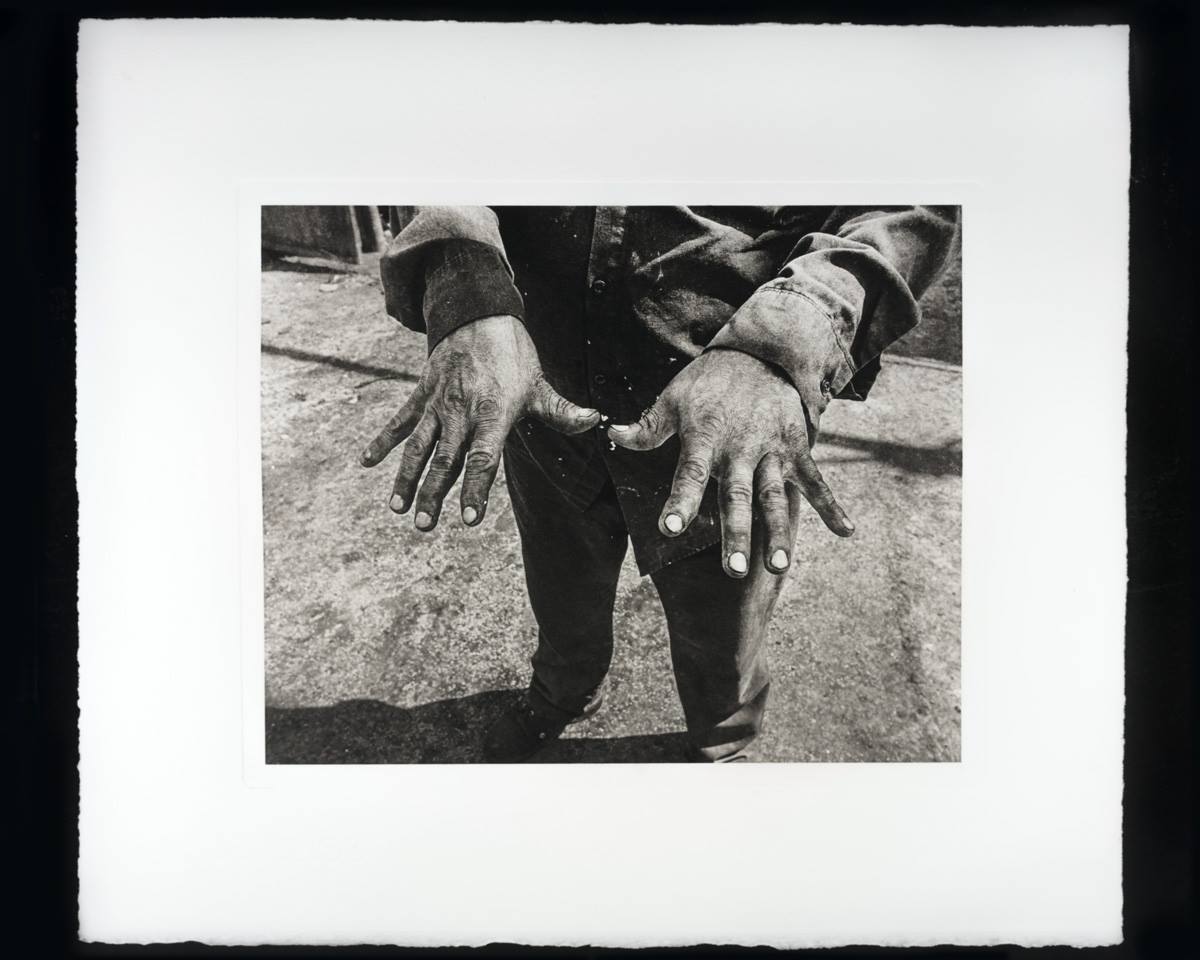I am keeping a running list of problems I have run into and will keep updating as I find more problems so I have a place to reference when I need to.
If the image is too grainy, increase the pressure
If the image is too blotchy, the paper has been soaked too long. You can see spots where the paper composition has changed.
The paper sticks to the plate, the paper is too wet. Calendar it to reduce excess moisture.
The paper sticks to the edges only, the plate is too clean, don’t use rubbing alcohol.
The image is grainy and lacking tonal range, the paper is too dry.
If your positive seems too thin or not the right color, make sure you print through Adobe Print Utility or Print Tool to make sure you are not adding a profile.
If you get splotchiness in the midtones (the dreaded midtone measles) Dry the positive with a hair dryer for two minutes.
Using a squeegee or roller – if you have marks on the plate that run in one direction, you are pressing too hard .






















